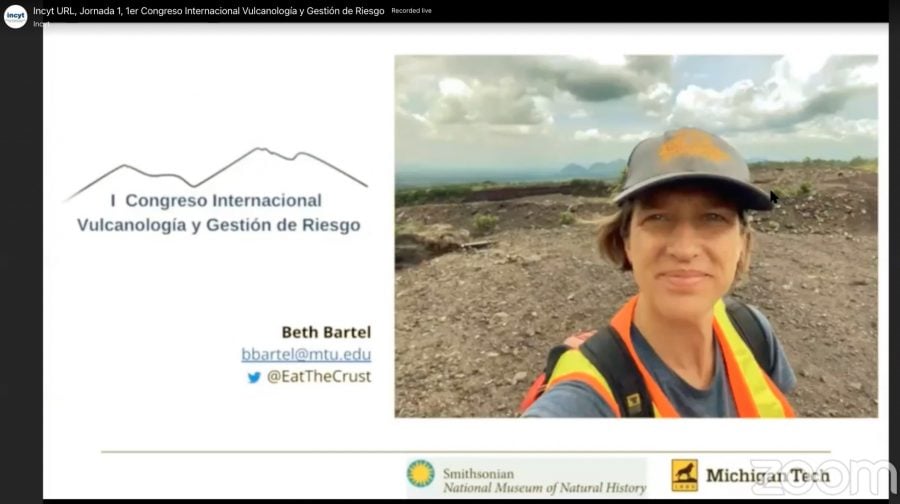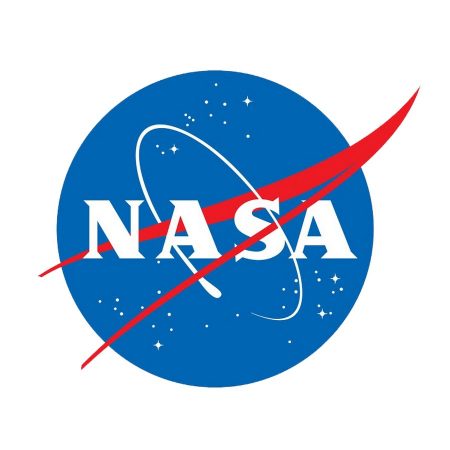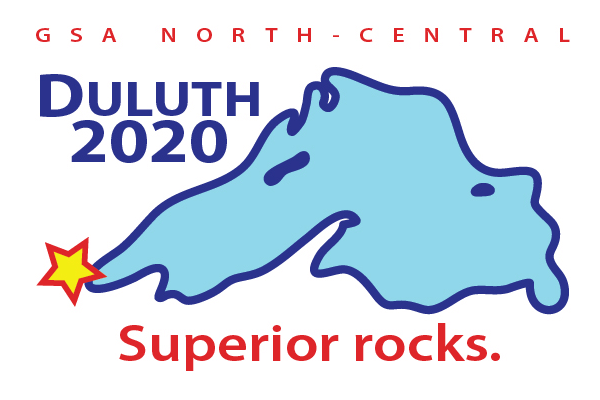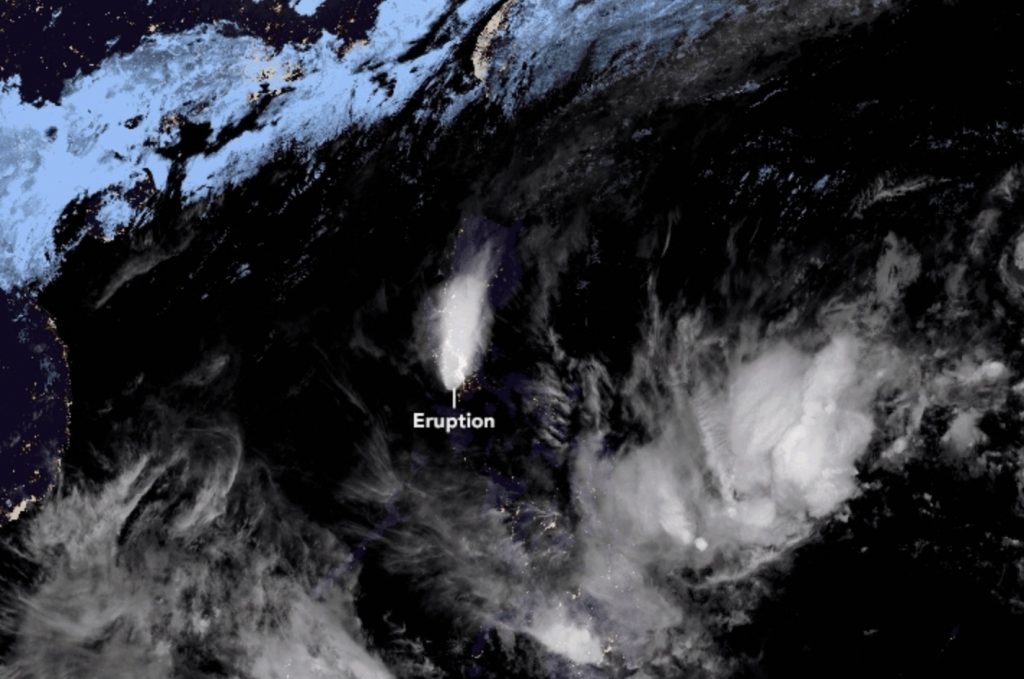Michigan Tech doctoral students Gustavo Béjar and Beth Bartel gave invited talks at the I Congreso Internacional Vulcanología y Gestión de Riesgo en Guatemala (1st Volcanology and Risk Management Congress in Guatemala), held Nov. 4-5. Both Bejar and Bartel are studying volcanic hazards. Both are co-advised by Research Assistant Professor Rudiger Escobar Wolf and Professor Greg Waite.
The virtual meeting was hosted by the Universidad Rafael Landívar in Guatemala City.
Béjar’s presentation was titled “Generación de un catálogo de lahares para el Volcán de Fuego” (Generation of a catalog of lahars for Fuego Volcano). An international student from Ecuador, Béjar came to Michigan Tech in 2020 via Whitman College in Walla Walla, Washington. He also hold a BS from Yacay Tech University in Ecuador.
Bartel spoke on “Comunicación de Peligros” (Hazard Communication). She came to Michigan Tech from UNAVCO in Boulder, Colorado, where she worked for 17 years, first as a field engineer and most recently as a science communication and outreach specialist. Bartel has an MA in Journalism and Mass Communications from University of Colorado at Boulder, an MS in Geophysics from Indiana University Bloomington, and a BA in Geology from Whitman College.











